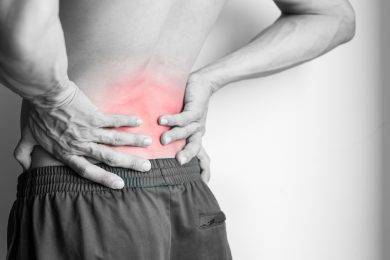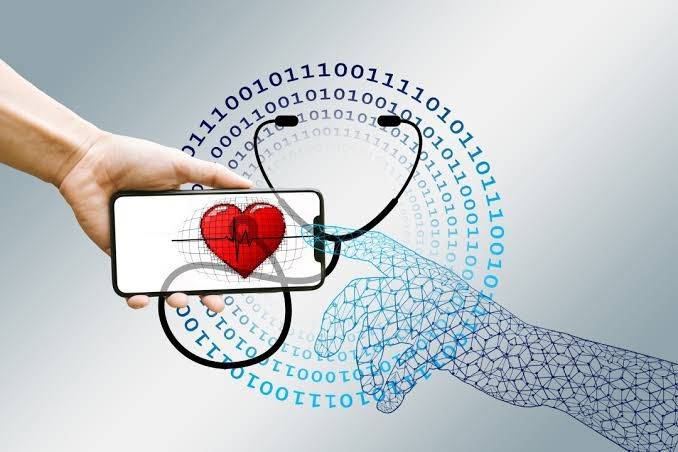You may be wondering, what causes lower back pain? On the other hand, you might be so used to the constant ache that you simply accept it as “the way things are.”
The truth is, though, that lower back pain and other spine issues don’t just happen on their own. The reason why the pain is constant is that the cause or causes of the pain are not being addressed. A careful analysis by an expert like Dr. Lindsay Clark can help you know the cause of your pain.
Fortunately, we’re going to help you fix that right now. In the following guide, we list the common causes of lower back pain and what to do about them. Learn all about it below.
1. Poor Posture
Poor posture can cause a number of unhealthy, and usually painful, spinal conditions. For instance, it stretches out the ligaments in your spine to the point of muscle strain. It also wears down your discs and weakens the other tissues in your lower back.
Treatment For Poor Posture
The best remedy is also the most proactive. Namely, practice good posture.
The number one rule is don’t slouch. Keep the lower section of your spine straight while sitting or standing.
Also, slouching is a habit. So you probably do it without thinking.
You’ll have to practice being aware of your posture at all times and correct it when it’s wrong. Aside from this, you can visit a chiropractor for professional help with back pain/posture correction.
2. Strains and Sprains
Another cause of painful strains and sprains is improper lifting. In fact, improper lifting techniques can cause temporary or even permanent back pain issues. Alternatively, sprains/strains can be caused by sports injuries and other mishaps as well.
Treatment For Strains and Sprains
Prevent further injury by practicing proper lifting techniques. Specifically, your lower spine should always be straight as you lift, never bent.
You should feel the weight of the lifting in your leg muscles, not your lower back. And you should never twist your spine while lifting. Wearing a back brace while lifting will prevent sprains and strains, too.
Additionally, the best thing to do after experiencing these injuries is to see a chiropractor for professional advice. At-home treatment includes anti-inflammatory medicine (ibuprofen, naproxen), ice packs, and gentle back stretches.
3. Other Traumatic Injuries
Trips, slips, falls, car accidents, and other trauma can cause numerous painful spinal conditions, including:
- Herniated discs
- Ruptured discs
- Dislocated vertebrae
- Fractured vertebrae
- Pinched nerves
To find out the type/extent of your injuries, see a doctor.
Treatment For Traumatic Injuries
Injuries and their treatments are case-specific. Thus, we can’t advise any at-home treatment options.
But we do advise you to get professional medical assistance immediately after a spinal injury. The condition of your spine after a traumatic injury can only be evaluated and diagnosed by a chiropractor or general physician.
4. Spine Curvature Disorders
Scoliosis is a disease that causes the spine to curve improperly sideways. It’s present from birth but may not show symptoms until later.
Normally, these symptoms appear around age 12. Technically, though, this can happen at any age.
There are also other congenital spine curvature disorders, including kyphosis and lordosis. The abnormal curvature inherently causes improper posture, which, in turn, causes lower back pain.
Treatment For Spine Curvature Disorders
Doctors can typically cure these conditions using corrective back braces or surgery. In mild cases, though, they can be corrected with physical therapy and stretches. Doctors may also prescribe medication for the pain.
5. Inflammatory Conditions
Spinal inflammation puts excessive pressure on the spinal cord, causing lower back pain. It often results from spinal injuries.
But it’s also a side effect of many spine conditions. These include herniated discs, sacroiliac joint dysfunction, spondylitis, and arthritis.
Treatment For Inflammatory Conditions
Temporary inflammatory conditions can be treated with anti-inflammatory medicine, stretching, and physical therapy. Quitting smoking also helps. It improves circulation, which reduces inflammation.
On the other hand, conditions like spondylitis and osteoarthritis are chronic conditions. Treatment can include medication, surgery, and physical therapy.
Some of these conditions, including osteoarthritis, are treatable but not reversible. In any case, seek professional medical guidance for treating these conditions.
6. Spinal Stenosis
Spinal stenosis occurs when the spinal canal becomes more narrow, usually after age 50. This places excessive pressure on your spinal cord and your spinal nerves, causing lower back pain. It usually happens as a result of disc degeneration.
Treatment For Spinal Stenosis
Mild symptoms can be treated at home with over-the-counter ibuprofen or naproxen tablets and physical therapy exercises. For severe cases, see your doctor.
He/she can treat you with nerve blockers or steroid injections. Spinal stenosis can also be treated with surgical procedures like lumbar spine fusion.
7. Sciatica
Sciatica is a condition in which the sciatic nerve is compressed or agitated. It often results from a herniated/ruptured disc or spinal stenosis.
When it does happen, it generates a sharp pain that starts in the lower back/butt area and continues down the legs. Those with sciatica may also experience a burning, tingling, or numb sensation in these areas.
Treatment For Sciatica
You can treat mild sciatica symptoms with ice, rest, and over-the-counter ibuprofen/naproxen. For severe cases, your doctor may suggest steroid injections or surgical treatment.
Combat the Common Causes of Lower Back Pain With These Tips
Now that you know what to do about the common causes of lower back pain, don’t keep this knowledge to yourself. Share this post with your friends and family so that they can address their back pain issues, too.
Next, stay here to learn about treating pain with heat therapy, the causes of different types of diabetes, and more. Find these posts and other helpful guides on our Health blog.











